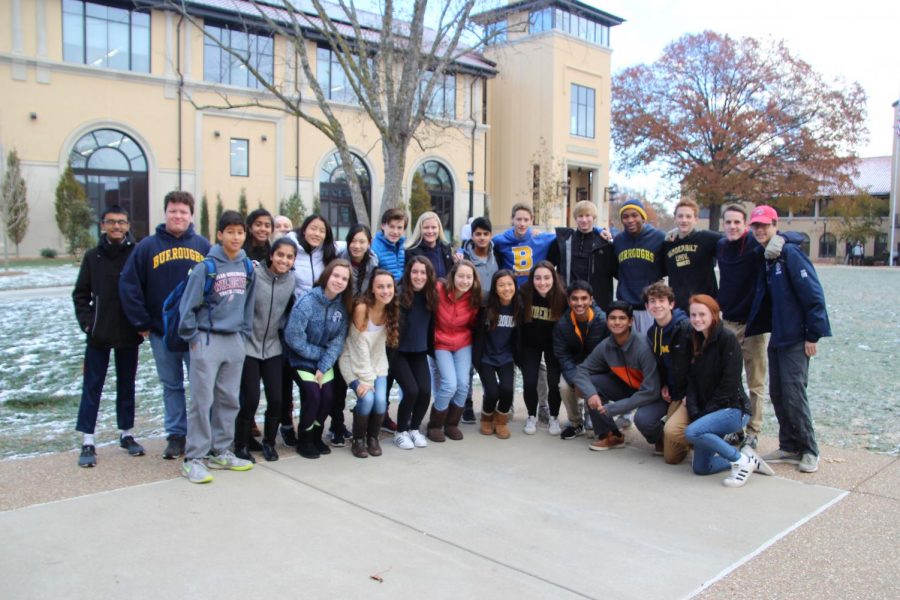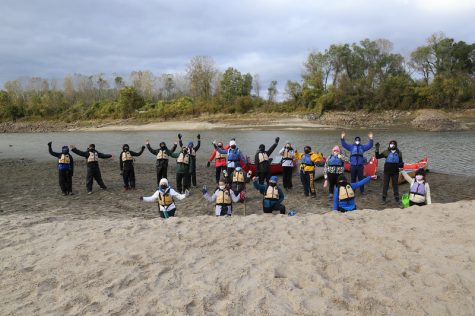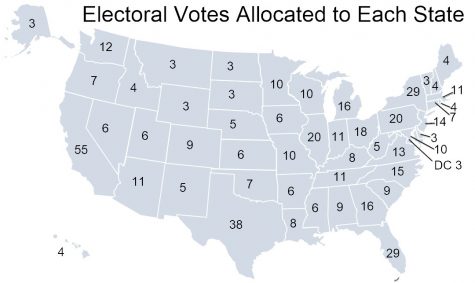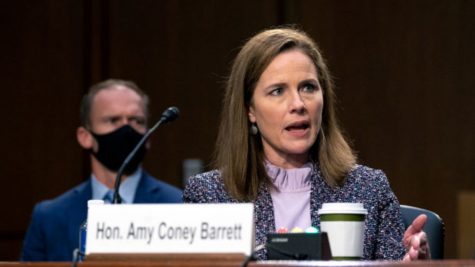New Clubs and Old Clubs
December 30, 2018
Since the opening of Burroughs in 1923, students have been able to create their own clubs with
the assistance of a club sponsor. Burroughs houses over fifty clubs, ranging from Spectrum to
Robotics to The World.
Nowadays, to present a new club idea, students can submit a form to Congress and show up a
couple weeks later with a proposal in hand. Most often, those proposals pass.
The popularity of clubs varies. Montgomery Plan, the community service club, houses a majority
of the students at Burroughs, while other clubs can have fewer than five members. But does the
number of participants in a club even matter? Should Congress set certain requirements for
students to establish an official club? Should we begin to remove clubs that have not been
fulfilling those requirements?
In short, absolutely not. What I love about Burroughs is that we are always welcome to express
our creativity. Our clubs are just another way for students to explore their passions. To take that
choice away would be ridiculous. The student body should have the maximum number of
choices possible.
When students propose ideas to Congress, there are certain forms and guidelines they must bring.
Leaders also have to renew their clubs every year with a form, but Congress has never set in
stone what a club should do, nor what its ideals should be. That must never change.
As students utilize clubs to pursue their interests, they open doors to the entire community. They
provide the student body with a wide variety of clubs that can foster other interests too. Clubs
like Crafts Club and the Biomedical Club, which are unalike in many ways, both add undeniable
benefits to the school.
As we have seen over the years at Burroughs, no student is one-dimensional. The star
quarterback could be the main role in a play and the leader of the chess club could also be a
renowned author. My point is that because students have such a variety of interests, clubs are
essential.
Ms. Grantham, a sponsor for Congress, said, “Everyone can find something they are interested in
and they are passionate about, and then they can take that passion and see where it takes them.
They lead other students in that same thing.”
Even if only one or two people are in a club, it should still exist.
Our student body president, Will Forsen (’19), said, “A club should be different than other clubs,
which usually entails appealing to a different demographic through introducing a new or varied
subject. Clubs allow the individual to explore and exercise his or her specific interests, whether it
be BioMed, French culture, or Model UN.”
As for standard requirements like meeting times and club events, it all depends on the club.
Certain clubs do not need to host bake sales to be successful. Some clubs do best with just a few
well-planned events instead of one every month.
With the responsibility of organizing events and coordinating with other students, students may
need outside help. Even though students lead clubs at Burroughs, Congress still requires support
from a faculty member.
Club sponsors have always been recognized on the list of clubs on the Burroughs website, and
they can be anyone in the Burroughs faculty. Clubs are required to have a sponsor, but what role
do they play in all of this? What role should they play in the club process?
From what I have witnessed, it depends on the club. Some sponsors are more urgent in
reminding their student leaders to have meetings and to host events, while others tend to lean
back and give their students the occasional nudge in the right direction.
Clubs should be primarily guided by the students, because it shows that we are actually
interested in the club we are leading. Teachers and faculty members remain some of the most
important people in our educations, and especially at Burroughs, they guide us through the whole
ride. A little guidance is good and sometimes needed by new and even seasoned club leaders
alike, in order to run a functioning, well-organized club.
But those creative ideas for club functions should come mainly from the students. A teacher
should not be planning out in their agenda events for their students’ clubs. Faculty leaders’
looser guidance provides greater opportunities for student leaders to rise. As Ms. Grantham said,
“We have so many students, and we want to encourage and give them opportunities to build
leadership skills. I think clubs can do that.”
Furthermore, because Burroughs is a college preparatory school, many students think about the
extracurriculars colleges look for. It makes us question whether students are simply running
clubs for their college résumés or if they are genuinely passionate about their club.
Adina Cazacu-De Luca (’20) said, “What I keep hearing is that admission officers are going to
be able to see right through it. So, if you’re leading a club just for the sake of it, that’s not really
worth anything because you aren’t developing your passions and your interests.”
I couldn’t agree more. Obviously, students should not dedicate all their time to their clubs. They
should focus on the academic portion of their time at Burroughs first, and if students are only
leading clubs to slap it on their résumé, it is truly a waste. Most of the clubs we have are
genuinely interesting. The leaders should be responsible for guiding the student body in club
related events, and they should offer other students the opportunity to explore their interests.





